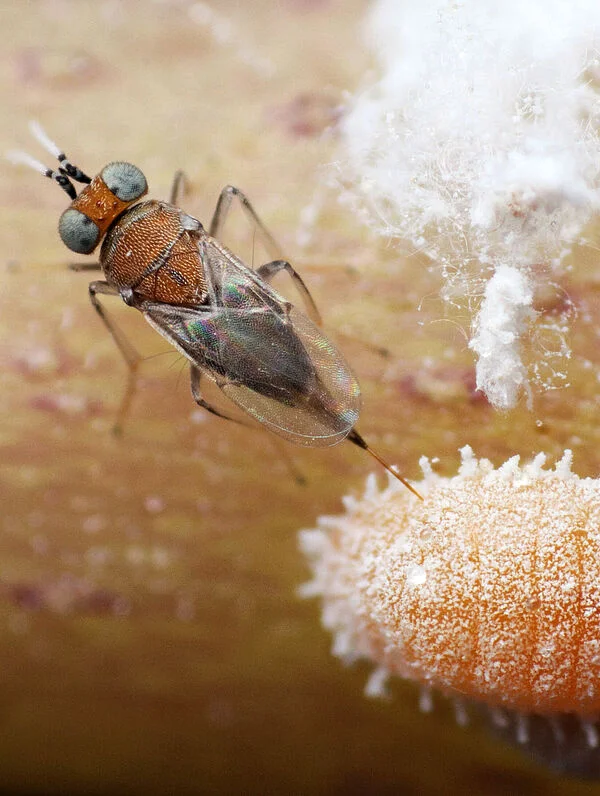
As the agricultural industry moves towards more sustainable and environmentally friendly practices, biological pest and disease control is emerging as a crucial component of modern farming.
This approach is central to Integrated Pest Management (IPM), a strategy that combines multiple methods to create a growing environment that favours healthy crops while keeping pests and diseases in check.
By focusing on prevention rather than reaction, IPM delivers long-term benefits that range from economic gains to improved biodiversity.
Here are six key advantages of integrating biological pest and disease control into farming strategies.
1. Cost-Effective Pest Control
One of the primary benefits of adopting biological control within an IPM strategy is its economic efficiency. By assessing the economic threshold, growers can make informed decisions about pest control. This approach ensures that resources are allocated efficiently, preventing unnecessary treatments and reducing overall costs. Proactive monitoring and targeted interventions further enhance cost savings by preventing large-scale infestations that require expensive solutions. Additionally, the resilience developed in an IPM system helps mitigate other agricultural challenges, such as drought and soil salinity.
2. Resistance Management
Over-reliance on chemical pesticides can lead to pest populations developing resistance, making conventional control methods less effective over time. By integrating biological solutions such as natural predators, beneficial microorganisms, and habitat management, IPM reduces the pressure on pests to evolve resistance. This multi-pronged approach ensures the long-term effectiveness of pest control strategies, providing a sustainable way to manage crop threats without compromising future agricultural productivity.
3. Compliance with Regulations
As global regulations on chemical pesticide use become more stringent, farmers are increasingly limited in their choice of conventional pest control products. Many chemical pesticides that were once commonplace are now banned, and those that remain are subject to strict maximum residue levels (MRLs), particularly in food crops. By adopting IPM strategies that incorporate biological control, farmers can stay ahead of these regulatory changes and continue to meet market requirements, particularly those set by supermarkets and food distributors.
4. Improved Health and Safety
Reducing reliance on chemical pesticides has significant health benefits for farmers, farmworkers, and consumers. Exposure to harmful chemicals can lead to acute and long-term health risks, but by prioritizing biological control methods, IPM minimizes these dangers. This leads to safer working conditions for those handling crops and ensures that consumers have access to fresh produce with lower pesticide residues, making biological control an essential aspect of food safety.
5. Higher Return on Investment
A well-implemented IPM strategy that incorporates biological solutions can offer a strong return on investment. Companies that specialize in biological pest control, such as Koppert, conduct extensive research to ensure their products are effective in real-world conditions. By introducing solutions progressively and monitoring their impact through on-farm trials, farmers can see the tangible benefits of switching to biological control. This methodical approach ensures that pest management strategies remain commercially viable while providing long-term sustainability.
6. Enhanced Biodiversity and Soil Health
A thriving ecosystem is one of the most valuable assets in sustainable farming. Beneficial insects, microorganisms, and natural predators play a critical role in maintaining a balanced agricultural environment. By reducing the need for chemical interventions, biological pest control helps preserve these essential organisms, contributing to long-term soil health and ecosystem stability. This creates a self-sustaining cycle where natural enemies of pests flourish, reducing outbreaks and minimizing environmental impact.
